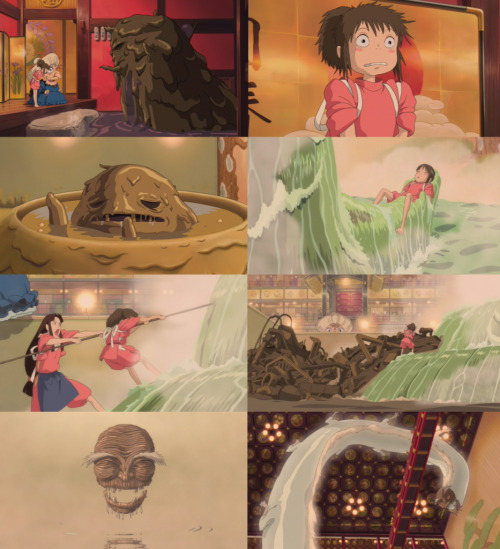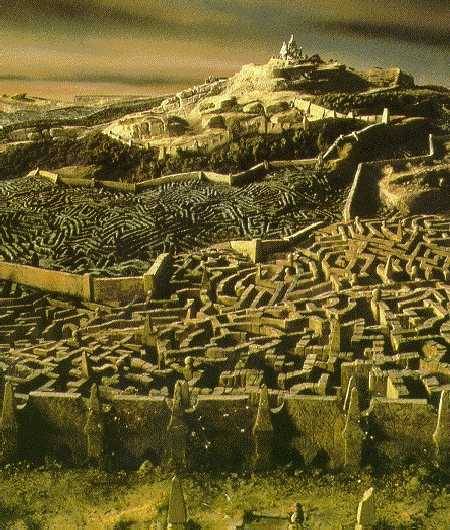I just read Timo's post below on Krombacher, and I wanted to add a note. This is precisely the kind of "greenwashing" that we like to analyze. In this case, we might even be more specific and suggest that it's the deployment of alienating statistics (in the form of those vast sums of acreage) that signify in the following way:
1. They reassure us that Krombacher is indeed thorough in its science. The precision with which it treats the environment, then, also must reflect on the quality of their beer. They are rigorous and thorough as scientists, so we can also trust that their beer is also controlled and regulated.
2. The numbers also seem so mindbogglingly big as to signify Krombacher's elite status as a global yet responsible business enterprise. They are capable of affecting these unimaginably big areas, so they must have enormous power in the global market. Yet, as the ad suggests, they are simultaneously responsible about their effect on the environment. They get to have their cake and eat it, too, then. That is, they may signify "powerful corporation" even as they also signal their "care for the environment." In the corporate world, that's a win-win situation, and it's created by their use of those numbers.
Just by unpacking the various ways in which a sign "signifies" in our culture lends a great deal of nuance and critical rigor to your studies. Good beginning, there, Timo.
Keep diving deeper.


